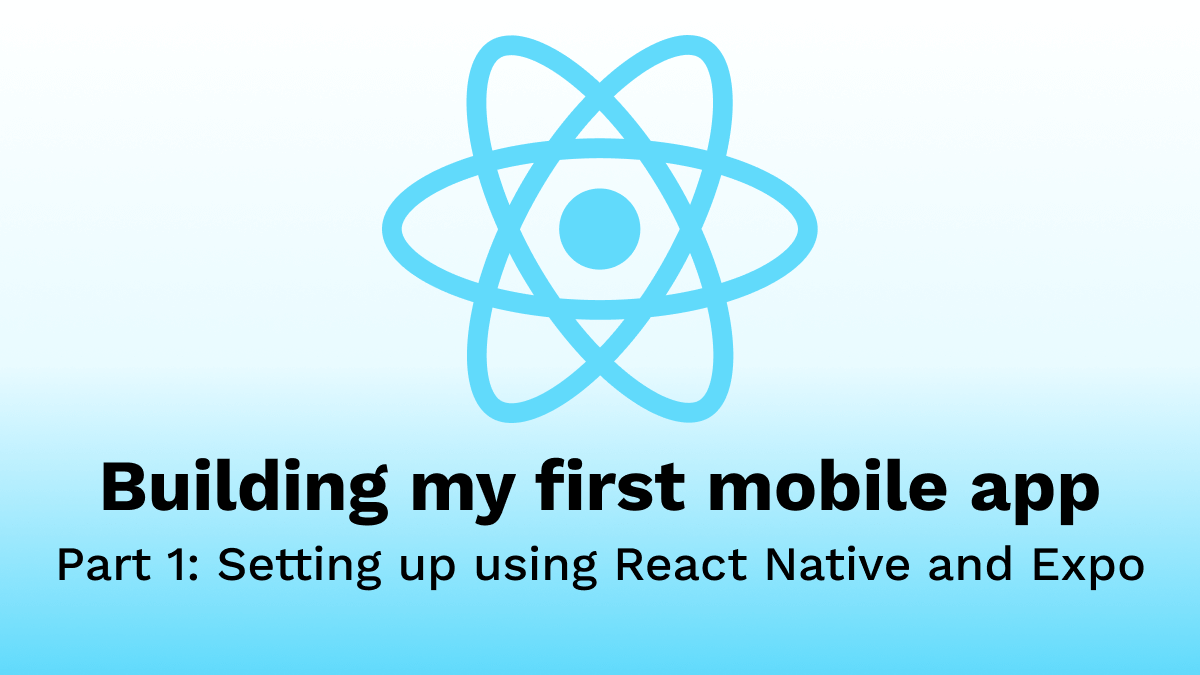5 Marketing Lessons From Annoying WhatsApp BCs
There are many marketing lessons we can learn from annoying broadcast messages.
We’ve all seen them, and we hate them. But they are so successful. We keep seeing them recycled after months and sometimes years. Which means that there is something right about it that makes people continue to share it.
If only we could have that type of marketing for our startups right?
So let’s see what we can learn from it.
1. Appeal to emotions and not reason
The content of these messages is usually illogical. The reason people keep sharing is because the message usually plays to deep emotions. e.g
This is Jesus – A play to religion
This terminally ill lady just drew wrote this poem – A play to compassion (I received one like this yesterday)
Discover this secret way to make money – A play to greed
Share this and your WhatsApp will be upgraded to the exclusive WhatsApp Gold – A play on the fear of missing out (similar to the play on greed)
Share this post to view the full video – A play to curiosity (usually on spammy webpages)
As much as we like to deny it, most decisions are made based on emotions rather than logic. So focus on playing to the emotions of your customer in your marketing efforts.
2. Benefits are clearly defined and reinforced
Throughout the message, the benefits are always defined and repeated. Sometimes there are testimonials, personal recommendations, e.t.c.
The benefits are usually nonexistent, but they say it enough times in the broadcast that it becomes believable.
 A lie told often enough becomes the truth – Vladimir Lenin
A lie told often enough becomes the truth – Vladimir Lenin
They say one lie, then they back it up with bogus testimonials and personal recommendation.
In the same way, when we are trying to market our products, we need to push ONE primary benefit, and back this up as well as we can.
Don’t talk about all the bells and whistles, know the customer you are marketing to, focus and push the one benefit that appeals most to them.
3. Argumentum ad Verecundiam (Appeal to Authority)
This is a very common type of fallacy, primarily because of how well it works.
They start off by making a bogus quote from someone famous, or pulling stats out of thin air,
Scientists have just discovered…
WhatsApp is deactivating inactive accounts because of…
{Popular Person} just said this…
It’s easier for people to accept things when it seems that the source is credible.
When we market our products, push your best statistics, get influencers genuinely interested in the product and quote them. Get them to publicize it to those that trust them.
Put testimonials on your front page. Show the known brands you have worked with.
4. A clear Call to Action
These broadcasts always end in a clear call to action. They make it very clear what they want you to do. e.g.
Naked girls get thousands of like how many for this old woman – I just saw this on FaceBook
Don’t laugh alone
Share this to 15 friends in 15 minutes
Let us broadcast this till it gets to the right person
This will take only a couple clicks.
Share this if you love Jesus
If you see the recurring theme, it does not always say “SHARE THIS!!!“. The call to action flows seamlessly from the message.
The way the call to action is phrased should depend strongly on the content of the message. Don’t be lazy and use a one size fits all approach. The best CTA will vary for each message.
5. Personalized
We know those people on our contact list that send these messages. We also know the type of messages to expect from each person.
There are the people that send religious broadcasts. All them “This is Jesus” messages.
There are those that send one money-making scheme after the other. MMM, Bitcoin, e.t.c. one new platform every week
There are the ones that send joke broadcasts. The ones that end with “don’t laugh alone”.
Know your customer, know what appeals to them, and create a marketing message that will resonate among their circle.
If you try to capture all the different broadcasters, you will fail. Personalize each marketing message, measure and then optimize.

